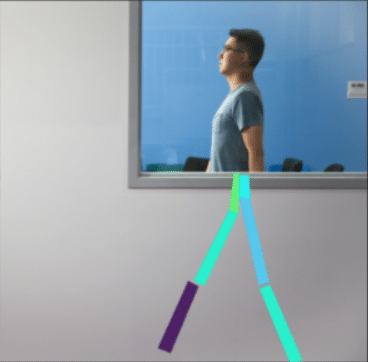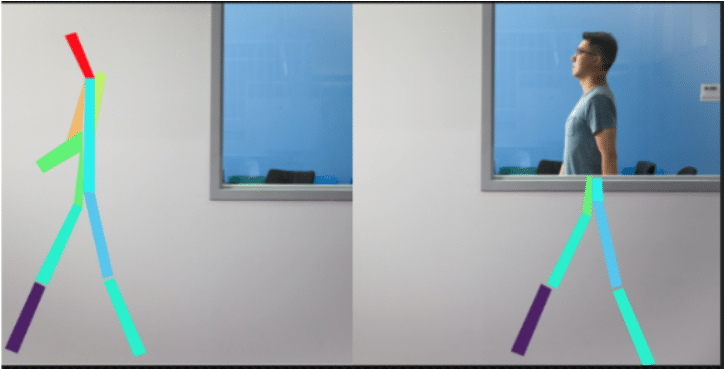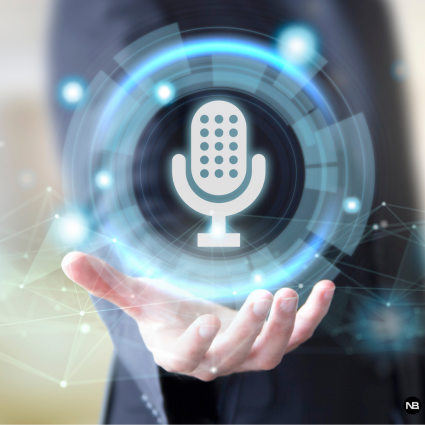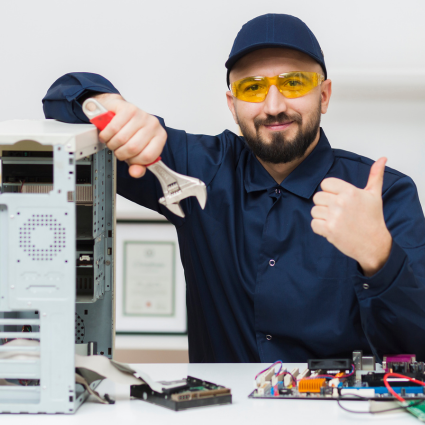A recent paper from MIT’s Computer Science and Artificial Intelligence Laboratory (CSAIL) described how wireless signals can be used to detect the motion and human posture even when they are behind walls. Watch this video to understand how this works.

So how does this work? You can think about it as a really advanced radar, which, not only tells you if a flying object is moving a certain direction, but also its shape, how it pitches, rolls, and yaws; it’s really impressive.
They achieved this degree of accuracy by using the usual suspect nowadays: Artificial Intelligence.
Neural Networks
In a nutshell, they trained a Neural Network (NN) by feeding it information about the radio signal bouncing off moving people and the synchronized video of the same people. The NN learned to associate the radio signal reflections with how people move. Once the training was done, the NN was able to identify people’s movements by using only the signal reflection. The unexpected outcome was that it was able to “see” people (even behind walls) despite never having been trained to do so. The radio signals it used were 1000 times lower power than WiFi.

(Source: http://news.mit.edu/2018/artificial-intelligence-senses-people-through-walls-0612)
Health Care Benefits
An added benefit of this research project is that the NN can also be used to identify people by learning their walking and moving patterns; it can achieve this with an 83% accuracy – all these behind walls or closed doors.
The leader of the research, Professor Dina Katabi, discussed in a interview with MIT News some potential real-life applications of her research. The vision is to use this technology to monitor patient movements that suffer from diseases such as Parkinson’s, multiple sclerosis (MS), and muscular dystrophy in order to study them and even adjust medication based on the motion pattern of the patients. In addition, it could be used to detect falls of elderly people that usually live alone and may suffer significant injuries if help doesn’t arrive quickly.
By having no intention to diminish the value of this research, I believe if we were looking to monitor patients and study these diseases we could do it right now by using actual video cameras instead of radio signals. Radio signals have the power to see through walls, but wouldn’t it be much simpler if we installed video cameras in each room of the patient’s residence? Just a thought…
Conclusion
This is very impressive research but I think it will take a while until we see it being used out in the field. But, I also think that we can’t imagine now how it can potentially be used in commercial products. What are your thoughts on this technology?





